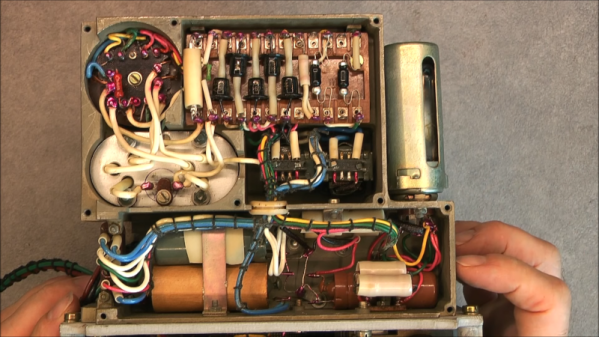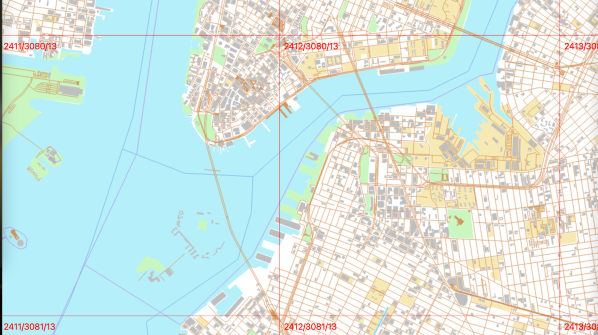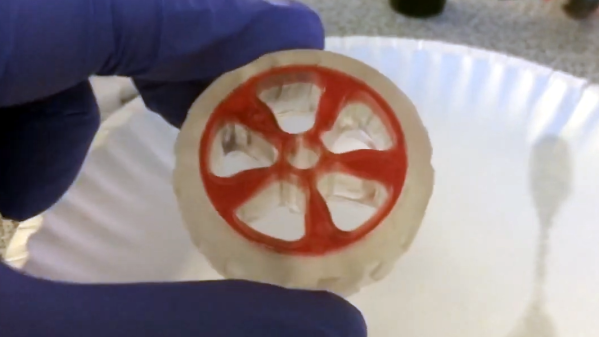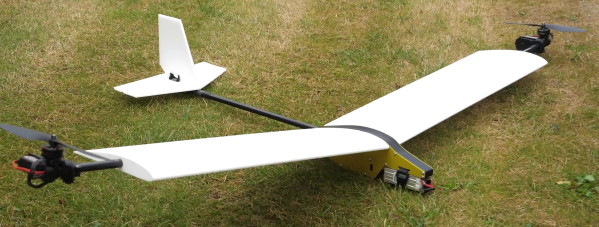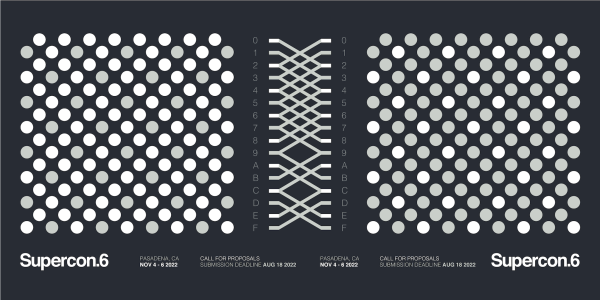Join us on Wednesday, August 24 August 31 at noon Pacific for the Superconference 2022 Hack Chat!
[Sorry folks — due to a scheduling snafu, we’ve got to push this off a week. — ed]
To say that a lot of water has passed under the bridge since 2019 is something of an understatement. When last we met as a group, in Pasadena in November of that year, the Covid-19 pandemic and its fallout were ahead of us. Supercon 2019 was a smashing success, a three-day meetup that brought together the best the hacker community has to offer to exchange ideas, share their projects, and meet up IRL rather than reading about everyone’s exploits and adventures online. It was a fantastic time, but how were we to know that it would be the last meatspace meetup for a painfully long time?
 Thankfully, that’s all behind us now, and Supercon 2022 is back, live and in person! Everyone in the hacker community is going to want to be in Pasadena, but since it’s been so long since we’ve met up in person, we thought a Hack Chat focusing on Supercon would be a good idea. We’ve invited Majenta Strongheart on to field your questions, plus hopefully we’ll have a few surprise guests too. But this will mainly be your chance to sort of “pre-network” before the con. If you’re a Supercon first-timer, this is a great way to ask questions about how it all works and whether it’s worth it to attend (answer: it is — go buy tickets now!) For vets, this is your chance to share your stories of Supercons past, or perhaps to reconnect with con-buddies you’ve lost touch with. There’ll be something for everyone, both at the Hack Chat and at Supercon, so drop by the chat and find out what all the hype is about.
Thankfully, that’s all behind us now, and Supercon 2022 is back, live and in person! Everyone in the hacker community is going to want to be in Pasadena, but since it’s been so long since we’ve met up in person, we thought a Hack Chat focusing on Supercon would be a good idea. We’ve invited Majenta Strongheart on to field your questions, plus hopefully we’ll have a few surprise guests too. But this will mainly be your chance to sort of “pre-network” before the con. If you’re a Supercon first-timer, this is a great way to ask questions about how it all works and whether it’s worth it to attend (answer: it is — go buy tickets now!) For vets, this is your chance to share your stories of Supercons past, or perhaps to reconnect with con-buddies you’ve lost touch with. There’ll be something for everyone, both at the Hack Chat and at Supercon, so drop by the chat and find out what all the hype is about.
Our Hack Chats are live community events in the Hackaday.io Hack Chat group messaging. This week we’ll be sitting down on Wednesday, August 31 at 12:00 PM Pacific time. If time zones have you tied up, we have a handy time zone converter.

